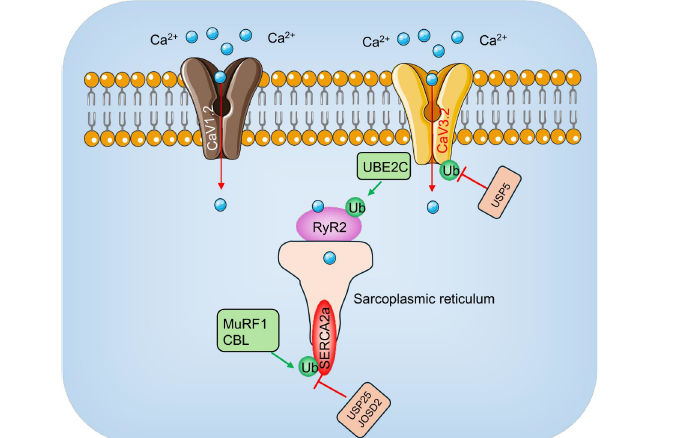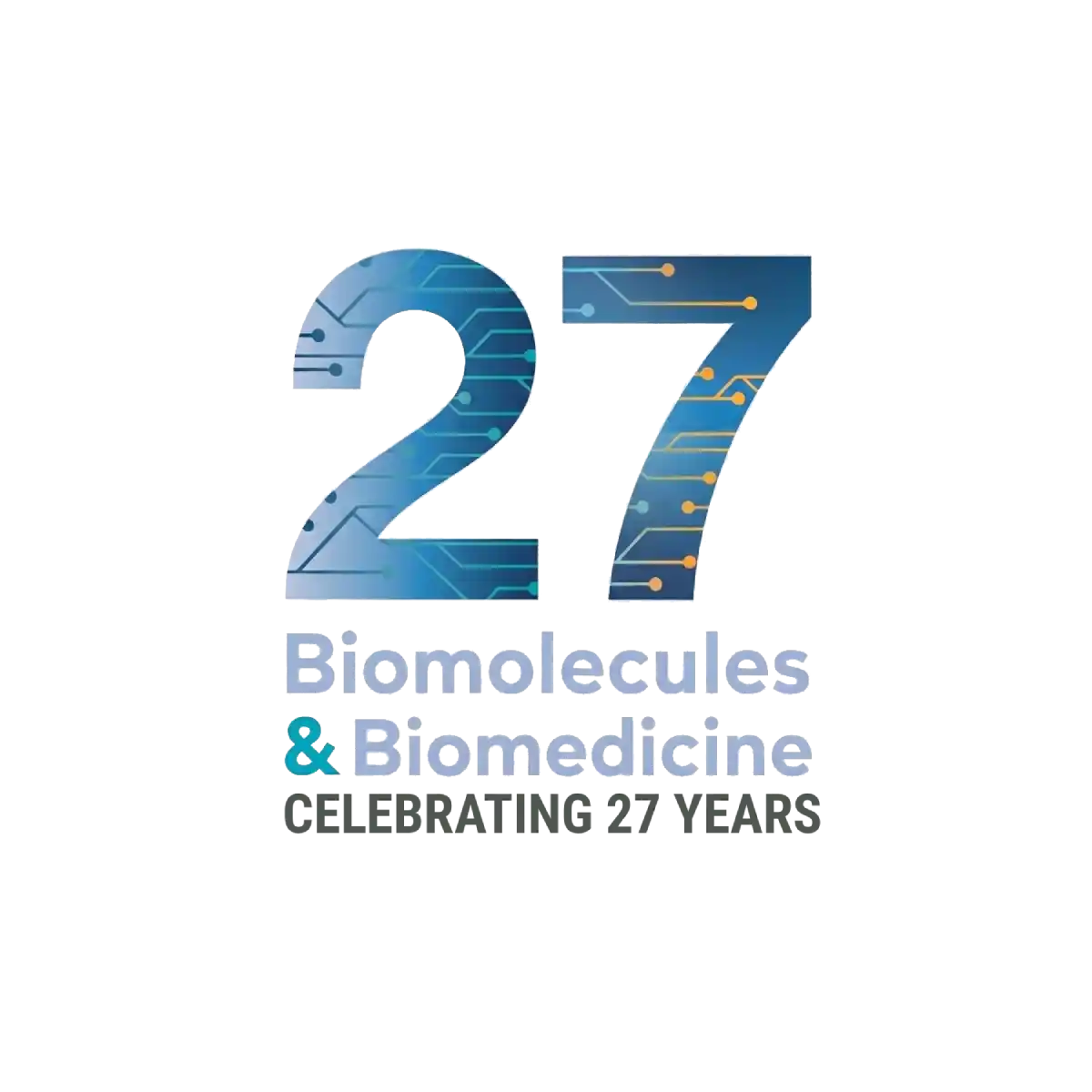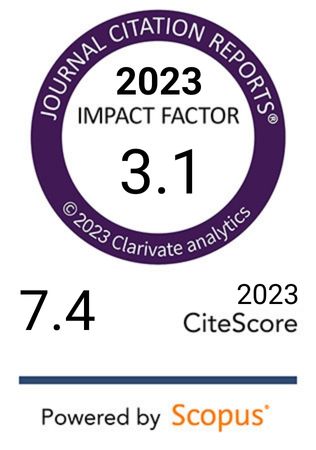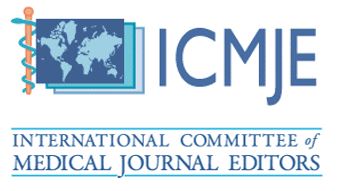Pathological roles of ubiquitination and deubiquitination systems in sepsis-induced myocardial dysfunction
DOI:
https://doi.org/10.17305/bb.2024.11738Keywords:
Sepsis-induced myocardial dysfunction, SIMD, ubiquitination, deubiquitination, E3 ligases, deubiquitinating enzymes, DUBsAbstract
Sepsis-induced myocardial dysfunction (SIMD) is a severe complication of sepsis, characterized by impaired cardiac function and high mortality rates. Despite significant advances in understanding sepsis pathophysiology, the molecular mechanisms underlying SIMD remain incompletely elucidated. Ubiquitination and deubiquitination, critical post-translational modifications (PTMs) regulating protein stability, localization, and activity, play pivotal roles in cellular processes, such as inflammation, apoptosis, mitochondrial function, and calcium handling. Dysregulation of these systems has been increasingly implicated in the pathogenesis of SIMD. This review provides a comprehensive overview of the pathological mechanisms driving SIMD, with a focus on the classification and functions of E3 ubiquitin ligases and deubiquitinating enzymes (DUBs), their regulatory systems, and their involvement in SIMD. Dysfunction of the ubiquitin-proteasome system (UPS), often driven by altered activity of E3 ligases, accelerates the degradation of critical regulatory proteins, thereby exacerbating cardiac inflammation, oxidative stress, and apoptosis. Concurrently, imbalances in DUB activity disrupt protein homeostasis, further amplifying myocardial injury. Emerging research underscores the therapeutic potential of targeting these systems. Strategies aimed at modulating E3 ligase activity or restoring DUB balance have shown promise in preclinical studies. This review summarizes current findings on the roles of ubiquitination and deubiquitination in SIMD pathogenesis, highlights the key challenges in advancing this field, and proposes directions for future research.
Citations
Downloads

Downloads
Published
Issue
Section
Categories
License
Copyright (c) 2025 Zhiping Wang, Simiao Sun, Lili Huang, Xinlong Chen, Huifen Xu, Hongwei Ma, Mingbing Xiao, Linhua Wang

This work is licensed under a Creative Commons Attribution 4.0 International License.









